Issue 57: No Place Like Home
More City Than Water: A Houston Flood Atlas, edited by Lacy M. Johnson and Cheryl Beckett
Dear Reader,
Greetings from The Cows Yard, a remote cove on Head Harbor Island near Jonesport, Maine. To reach this cherished anchorage on Sunday, Jay and I sailed 43 nautical miles from Mount Desert Island. I went for a row at high tide not long before sunset. Here’s a glimpse of the large salt meadow in the shallow cove just to the north.
Houston is 2,153 miles from here, and that’s where I’m pointing the Chariot this week, in order to bring to your attention a great new book about that city’s apparently permanent crisis of storms and flooding—and also to introduce one of the work’s key concepts, namely “hydraulic citizenship.” I would like to place this book within what I see as a significant and salutary trend in nature, climate, and environmental writing: writers are coming home.
Here’s a quick reminder that this summer I will be offering book reviews every two weeks or so. Next week I’ll be sending out a letter from England, for my Bird on the Wing section for paid subscribers. A Founding Member subscription will get you one of the new Frugal Chariot totes, which are now being spotted in the wild. Chic and unique.
Review
More City Than Water: A Houston Flood Atlas
Edited by Lacy M. Johnson & Cheryl Beckett
University of Texas Press, 2022
264 pages
$39.95
“Confronted with the truly microscopic, all loftiness is hopeless, completely meaningless. The diminutive of the parts is more impressive than the monumentality of the whole. I no longer have any use for the sweeping gestures of heroes on the global stage. I'm going for a walk.”
~ Joseph Roth, What I Saw (trans. Michael Hofmann)
In 1920s and 1930s Berlin, newspaper columnist Joseph Roth became increasingly convinced that the political system in Germany was not only failing, but was in fact becoming an outright menace. Roth wandered Berlin recording rapier-sharp vignettes, points on a map: disabled veterans begging in a public square, Jewish refugees in a tenement trying to make their way into German society (or some other culture more welcoming), bourgeois shoppers in Berlin’s swanky high-rise department stores, visitors to the library (holding a shelf of Christian Bibles) of the Jewish leader who had recently been assassinated, the increasing incivility of citizens on the city’s trams.
I begin with Roth because he observed Germany’s trend toward disaster with utter clarity—and then made an artistic and political choice. He could have written only about Hitler, the failure of Weimar, and the rise of the Third Reich. Instead, he chose to create a dense mapping of small, frequent, acute observations, allowing his readers to establish connections between the points. Roth chose confrontations with the close at hand, and watchful peregrinations on foot.
Writing about nature and the environment also requires choices. A mode common since the 1950s has been for writers to adopt a journalistic approach, going to the site where an ecosystem is suffering and reporting on it for a national or global audience. In Encounters with the Archdruid, John McPhee travels to pristine landscapes with the Sierra Club’s David Brower, and follows Brower as he jousts with opponents over proposed dams and mines and developments. Writers of a more lyrical bent have undertaken pilgrimages in search of wisdom and understanding, as has Robert Macfarlane in The Old Ways and Underland. Historians have analyzed the actions of key leaders and institutions in order to explain the failure of the world’s largest countries to decarbonize.
Although one could fill many shelves with beautifully written and valuable books such as these, a new kind of nature writing has lately been gathering force. As the realities of environmental degradation and climate change become increasingly manifest, nature writers have begun to realize that the story is quite literally just outside the front door. These observers are addressing our troubled relationship to the biosphere by combining precise focus on their own communities with the emotional power of personal narrative.
A notable example of this brave new form of nature writing is More City Than Water: A Houston Flood Atlas, edited by Lacy M. Johnson and Cheryl Beckett. This volume presents a multi-genre, multi-disciplinary anthology of responses to Hurricane Harvey’s devastating effects on Houston in 2017. The book emerged as an outgrowth of The Houston Flood Museum, a digital archive of flood stories solicited and curated by Johnson, who teaches creative writing at Rice University. She is the previous author of three acclaimed books that address violence against women: the memoirs Trespasses (2012) and The Other Side (2014), and the 2018 essay collection The Reckonings. Cheryl Beckett is a Houston-based graphic designer. Under her guidance, a group of students at the University of Houston created a series of graphically sophisticated maps that complement the texts.
To appreciate the need for a book like this about Houston, consider the fact that Harvey arrived as the third so-called “500-year flood” in three years, coming on the heels of the 2015 Memorial Day flood and the 2016 Tax Day flood. And there was more to come, as Rice University anthropologist Dominic Boyer wryly notes:
Harvey was followed by the July 4 Flood of 2018, which led to the cancellation of the city’s Independence Day festivities and left more than one Houstonian wondering what it is about holidays here that brings the rain.
Direct personal witness and subsequent reflections of citizens who have endured repeated episodes of risk to their homes and lives can in fact emerge as more powerful than third-party reportage. The contributors here are a diverse group of writers, artists, scholars, and activists, and Johnson and Beckett have gathered the eighteen texts under the headings “History” and “Memory” and “Community.” In his essay “Higher Ground,” the novelist Bryan Washington tells of riding out Harvey at his parents’ home, and he describes the series of urgent decisions that were faced. Should they drive his mother to work at the hospital? Should they move the family photographs upstairs? At the same time he tells of being bored, and of texting his friends during the long wait to see whether the calamity would alter their lives. Washington is at his best on the long aftermath, one that has seen many people still living in trailers and hundreds of homes yet to be rebuilt.
The city has mostly moved on, because it had to, but not without leaving many of its residents behind. And the relocated, the dislocated, and the bereft, too, have also had to move on. It makes for a strange contemporary limbo—you’re home, but not home at all.
The Houston Flood Museum website, which contains moving videos of citizen testimony to damage and displacement, is an essential digital companion to the atlas.
The atlas concept that animates this book makes it both unique in recent climate literature and an exciting experience to read. With their unifying font and color palettes, the maps are fabulously inventive, and quite responsive to the texts with which they are paired. A map for an essay about suburban sprawl depicts development like a bloom of spores. Some graphics present an ink-wash overlay that mashes up the fixed locations of highways and oil refineries with the seeping uncertainties as to where the water might reach in any future flood. Other graphics make manifest the geography of environmental injustice, emphasizing the density of toxic industrial sites that adjoin majority Black and Brown communities. More City Than Water should serve as an inspiration for scholars working in the fields of digital and environmental humanities.
In her sensitive Introduction, Johnson writes:
“[these maps] will not help you navigate a commute to the Woodlands, or learn the fastest route to the beach in Friday afternoon traffic, because what we hope to navigate here is not traffic or congestion, but rather our relationship to the land, to the future, to flooding, and to one another.”
One thinks of Elizabeth Bishop: “more delicate than the historian’s are the map maker’s colors.”
More City Than Water brings a fierce commitment to the details of Houston’s topographical, environmental, and political predicaments; its editors do not pretend to be neutral regarding the continuing demands for honesty and action on the part of the corporations and government institutions responsible for the safety and well-being of Houston’s residents. The stakes are starkly clear: when institutions fail, people are left to help each other survive. In a haunting essay entitled “Climate Dignity,” Daniel Peña describes a scene of communal caretaking in the Near Northside neighborhood.
There was a middle-aged woman in a red shirt feeding masa balls into an electric prensa machine with a kind of calm efficiency verging on Zen. I remember standing in front of a stack of tortillas taller than my head and watching her . . . And I remember thinking I’d never seen so much abundance.
The relationship between mutual aid and government policy has never been either/or. The book’s interviews with and analyses by environmental activists and planning experts make it clear that showing up for zoning hearings and joining independent air-monitoring groups can be every bit as heroic as joining a spontaneous “Cajun Navy” during the next inundation.
Boyer the anthropologist calls this “hydraulic citizenship,” a phenomenon that has a long history and an ever more significant future. Johnson interviews non-profit leaders of regional planning work, who are involved with the Texas Living Waters Project and the One Breath Partnership. As they manage ongoing efforts to impel government and industry to do better on behalf of Houston residents and their non-human neighbors, these calm and practical crusaders emerge as linchpins of accountability and change. This book points the way toward imagining “environmental citizenship” as an essential practice in communities around the world.
More City Than Water traces the complex and interlocking realities of home as a site of comfort but also danger, of pride but also potential disaster, and it thus stands in relationship to several recent examples of what we might call hydraulic memoirs. These include Mill Town by Kerri Arsenault, Northern Light by Kazim Ali, and Disposable City by Mario Alejandro Ariza (see Frugal Chariot Issue 10). Arsenault begins with a brilliant ode to the Androscoggin River. She then goes on to investigate the complex and tragically toxic legacy of her home town’s paper mill, where generations of family and neighbors labored, all believing in the American Dream. Later they got laid off, or got cancer—or both. Confronting a dwindling tax base, the town’s leaders then sell water rights to a global corporation, in a disadvantageous business deal that carries unknown consequences for the town’s acquifers. A keenly aware environmental citizen, Arsenault cuts a pathway through a bewildering thicket of research and regulations, by-laws and process, in order to offer up a comprehensive picture of the degraded and destabilized state of the place where she was raised, and the community that nurtured her.
In Northern Light, Ali returns to northern Manitoba to confront the calamitous effects on the local ecosystem—and its native peoples—of the hydroelectric dam that his own father had helped to design. With consummate care and a poet’s delicacy with language, Ali explores questions of identity, sovereignty, and what it means to claim a place as home. Disposable City is written from the intensely personal viewpoint of a proud Miamian, one who is appalled by the inequity and ineffectiveness of his city’s response to the certainty of rising sea levels and the likelihood of ever-more-severe storms. Like Ali, Arsenault, Beckett, and Johnson, Ariza celebrates the grassroots groups that forge camaraderie, and he insists on the place of citizens at the policy-making table. The protagonist is the collective. Hydraulic citizenship becomes a necessity born of emergency. Yet it also offers the promise of returning us to a respectful relationship to the water that sustains but also threatens, as we continue to destabilize the climate.
If you’re willing to look, you can readily witness damage to Earth and its climate every time you go for a run or walk your dog. Artist Dana Kroos has contributed an essay to More City Than Water entitled “The Gallery of Cracked Pavements.” The piece is illustrated with her striking photographs of “the bumps and fissures” she encountered and at times tripped on as she walked her dog Timebomb (renamed for a tumor that could kill her at any time), in a city that could be struck with a cyclone at any time. Her art students, she says, “all had disaster stories involving water. Many of them tracked personal history according to storms—‘This was before Rita,’ ‘This was after Allison’—like accounts of first marriages.” Huge storms used to be exclamation marks in the stories of Houstonian’s lives. Now they are more like commas.
Kroos’ narrative of experiencing Harvey, along with her dying dog and as she prepares to become a mother, is entirely engrossing, and her sidewalk images are weirdly unforgettable. More than anything else in this book, her catalogue of fractured pavements has stayed with me—blooming with mold, heaved by tree roots, cracked by shifts in soggy earth that was never meant to be paved. The captions offer climate poetry in their own right: NATURAL INTERFERENCE, INFORMAL SAFETY INTERVENTIONS, DEBRIS, SURFACE CRACKING - MAP TYPE.
Confrontations with the close at hand, and watchful peregrinations on foot.
Other Voices, Other Forms
The Rothko Chapel is one of Houston’s greatest treasures. Though I am not sure of its elevation, I trust that its custodians have carefully considered just how best to protect it from extreme weather.
In the wake of Mark Rothko’s suicide in 1971, his close friend Morton Feldman composed “Rothko Chapel,” a flowing work of lamentation scored for viola, chorus, celesta, and percussion. The singers are given no words. In the view of critic Alex Ross, “together, the music and the art constitute a monument of twentieth-century modernism—a locus of its dreams and sorrows.”
Poem of the Week
Here is a climate lament from Houston-raised poet Monica Youn: “A Parking Lot in West Houston.” Via The Poetry Foundation.
A Parking Lot in West Houston Angels are unthinkable in hot weather except in some tropical locales, where from time to time, the women catch one in their nets, hang it dry, and fashion it into a lantern that will burn forever on its own inexhaustible oils. But here—shins smocked with heat rash, the supersaturated air. We no longer believe in energies pure enough not to carry heat, nor in connections—the thought of someone somewhere warming the air we breathe that one degree more . . . . In a packed pub during the World Cup final, a bony redhead woman gripped my arm too hard. I could see how a bloke might fancy you. Like a child’s perfect outline in fast-melting snow, her wet handprint on my skin, disappearing. The crowd boiling over, a steam jet: Brrra-zil! And Paris—a heroin addict who put her hypodermic to my throat: Je suis malade. J’ai besoin de medicaments. Grabbing her wrist, I saw her forearm’s tight net sleeve of drying blood. I don’t like to be touched. I stand in this mammoth parking lot, car doors open, letting the air conditioner run for a while before getting in. The heat presses down equally everywhere. It wants to focus itself, to vaporize something instantaneously, efficiently—that shopping cart, maybe, or that half-crushed brown-glass bottle— but can’t quite. Asphalt softens in the sun. Nothing’s detachable. The silvery zigzag line stitching the tarmac to the sky around the edges is no breeze, just a trick of heat. My splayed-out compact car half-sunk in the tar pit of its own shadow— strong-shouldered, straining to lift its vestigial wings.
Bookshop of the Week & For Your Reading Radar
This week I’m linking to Houston’s Brazos Bookstore, one of the best indie bookshops around. Brazos is currently presenting a “Summer of Indies” campaign, promoting works from small presses with a full slate of events. Do check them out.
You might also check out Saint Sebastian’s Abyss, the new novel from Mark Haber, the operations manager of Brazos. The plot: two art historians who made their reputations writing about the same painting are reunited after a falling out. In this week’s New York Times, Jackson Arn calls it a “sparkling comic novel.”
That’s it for now, from the good ship Owl. xo Nicie

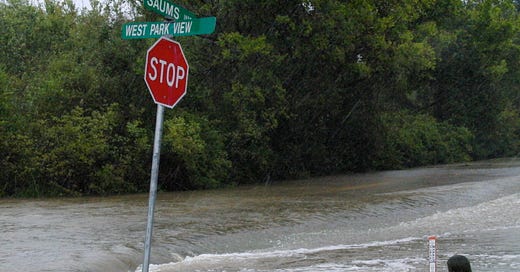


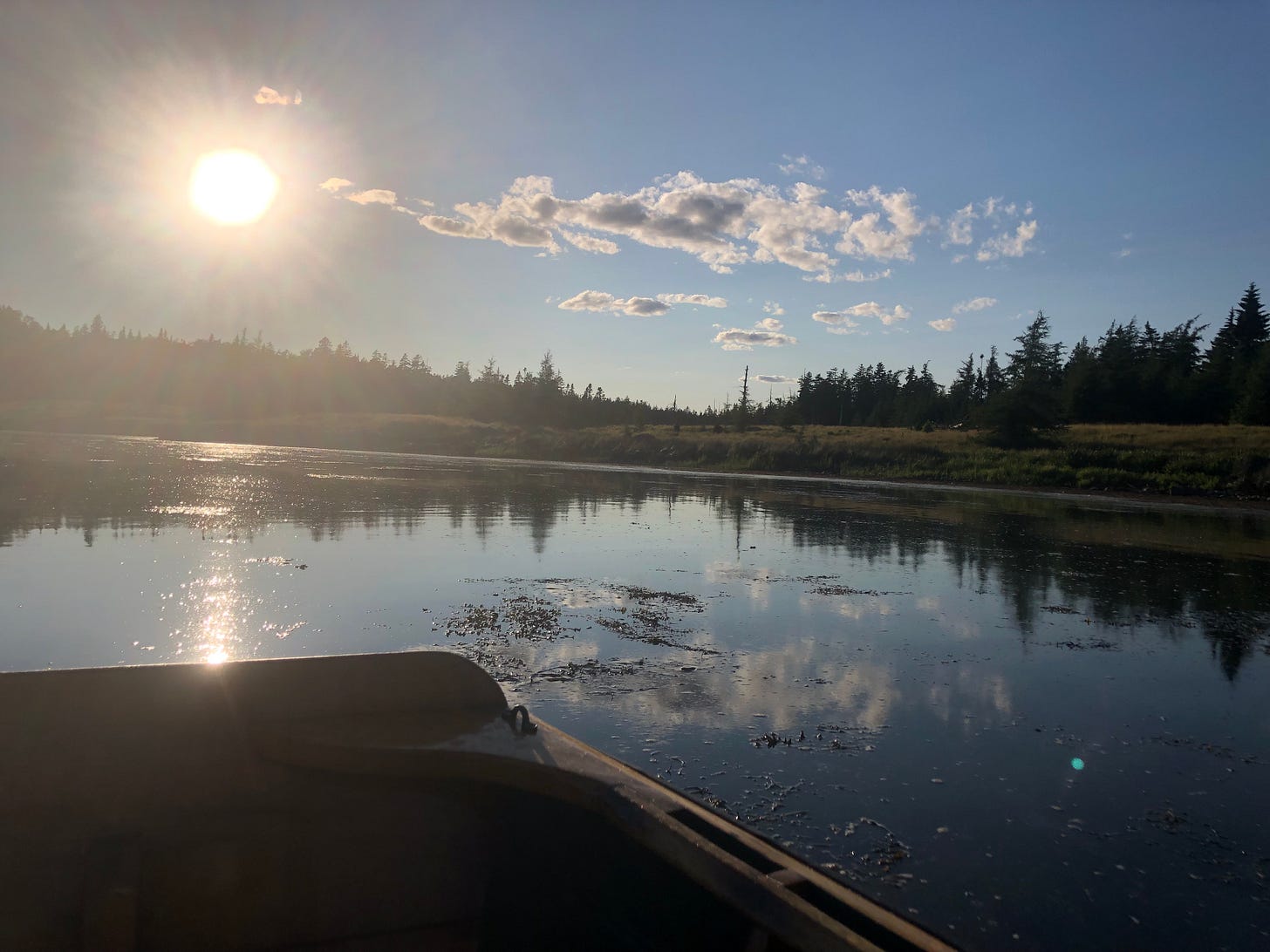
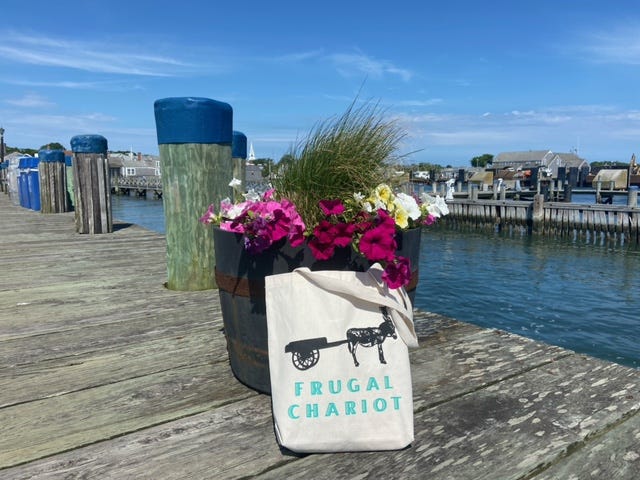
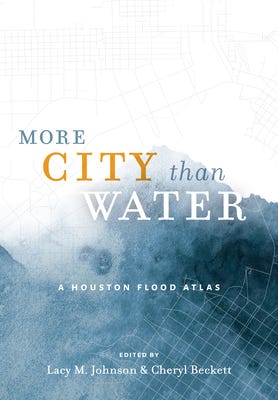

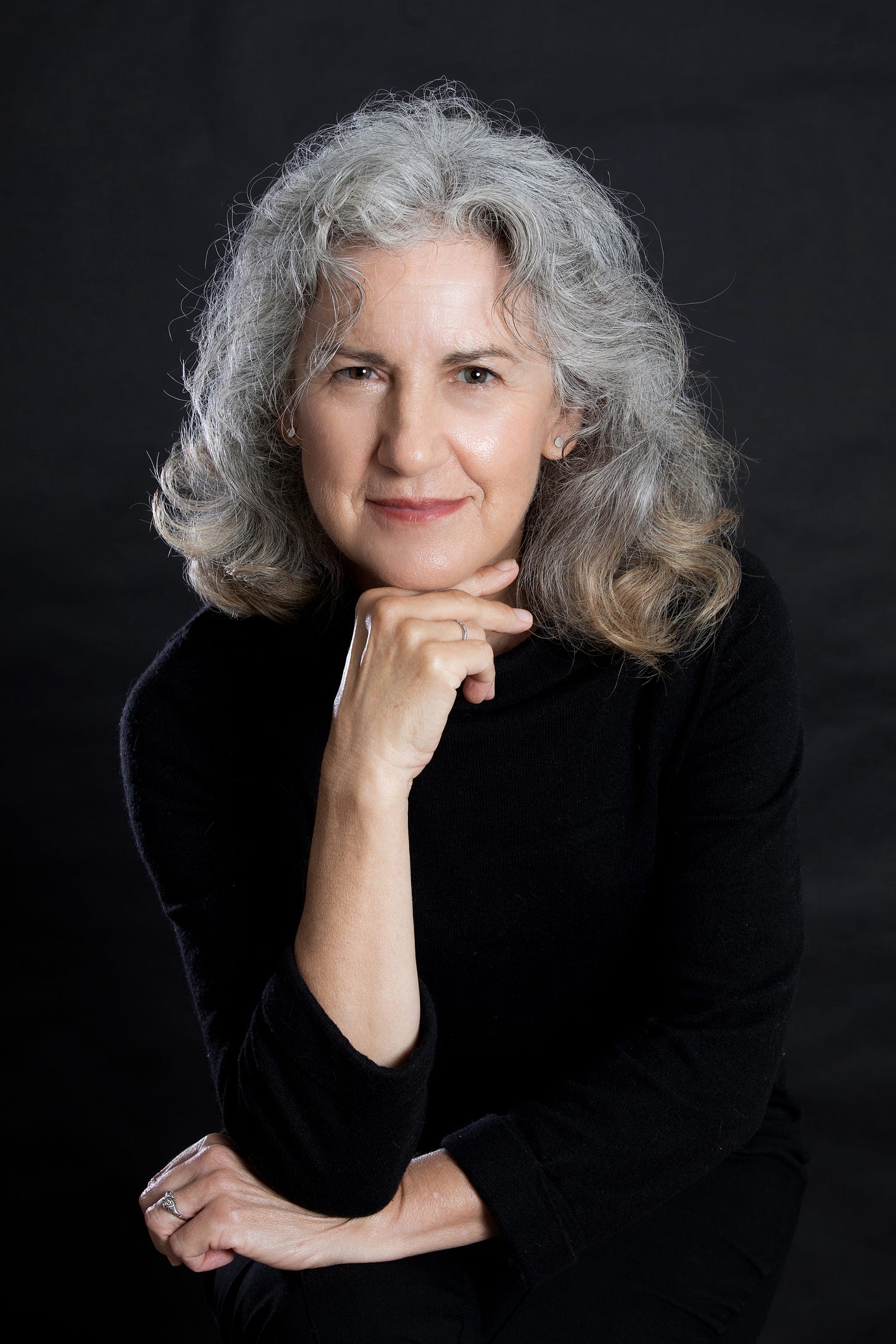

I love that review so much.
The approach taken with More Than a City seems quite intriguing. I'll have to check it out.